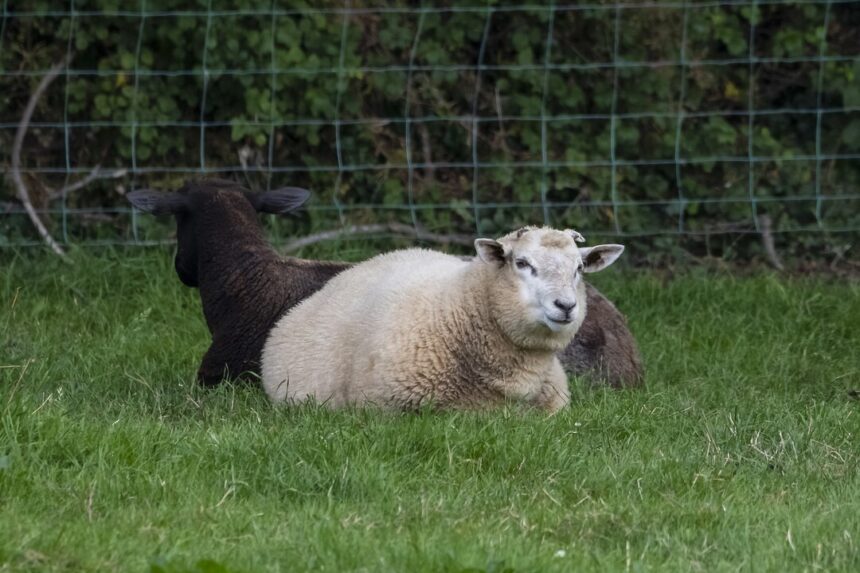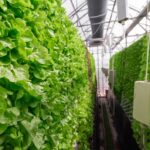Hampshire Down sheep are renowned for their excellent meat quality, docile temperament, and adaptability to various farming conditions, making them a popular choice for sheep farmers in South Africa. Whether you’re considering starting a Hampshire Down sheep breeding program or expanding your existing flock, there are several essential factors to consider. In this article, we’ll explore 10 key considerations for breeding and farming Hampshire Down sheep in South Africa, helping you make informed decisions for success in sheep farming.
- Understanding Hampshire Down Sheep Characteristics:
Hampshire Down sheep are medium-to-large-sized sheep with distinctive black faces and legs, and dense, high-quality wool. They are known for their fast growth rates, good muscling, and high meat yield, making them an ideal choice for meat production. - Climate and Environment:
Consider the climate and environment of your farming region when breeding Hampshire Down sheep. While they are adaptable to various climates, provide adequate shelter and protection from extreme weather conditions, especially during hot summers or cold winters. - Breeding Objectives:
Define your breeding objectives and goals, whether it’s improving meat quality, increasing flock size, or enhancing specific traits such as muscling or wool quality. Select breeding stock that aligns with your objectives to achieve desired outcomes in your flock. - Genetics and Bloodlines:
Source breeding stock from reputable breeders with a focus on quality genetics and bloodlines. Look for Hampshire Down sheep with desirable traits, sound conformation, and good health to establish a strong foundation for your breeding program. - Nutrition and Feeding:
Provide a balanced diet and nutrition program tailored to the specific needs of Hampshire Down sheep at different stages of growth and production. Ensure access to quality pasture, hay, grains, and mineral supplements to support optimal health and performance. - Health and Disease Management:
Implement a proactive health management program to prevent common diseases and parasites in Hampshire Down sheep. Schedule regular vaccinations, deworming, and health checks, and promptly treat any health issues to maintain flock health and productivity. - Reproduction and Breeding Practices:
Understand the reproductive cycle of Hampshire Down sheep and implement sound breeding practices to maximize breeding efficiency and lambing rates. Use proven breeding methods such as natural mating or artificial insemination to achieve desired breeding outcomes. - Lambing Management:
Prepare for lambing season by providing clean, comfortable lambing facilities and attentive care during the lambing process. Monitor pregnant ewes closely for signs of labor and provide assistance as needed to ensure successful lambing and healthy newborn lambs. - Growth and Development:
Monitor the growth and development of Hampshire Down lambs from birth to market weight, ensuring proper nutrition, health care, and management practices to support healthy growth and optimal meat quality. - Marketing and Sales:
Develop a marketing plan for selling Hampshire Down lambs and wool products, whether through direct sales to consumers, local markets, or commercial outlets. Highlight the quality and attributes of Hampshire Down sheep to attract buyers and maximize profitability.
Breeding and farming Hampshire Down sheep in South Africa offers exciting opportunities for sheep farmers to produce high-quality meat and wool products. By considering these 10 key factors, you can establish and manage a successful Hampshire Down sheep breeding program, optimize flock performance, and achieve your farming goals in the dynamic agricultural landscape of South Africa.
Join 'Farmers Mag' WhatsApp Channel
Get the latest Farming news and tips delivered straight to your WhatsApp
CLICK HERE TO JOIN






